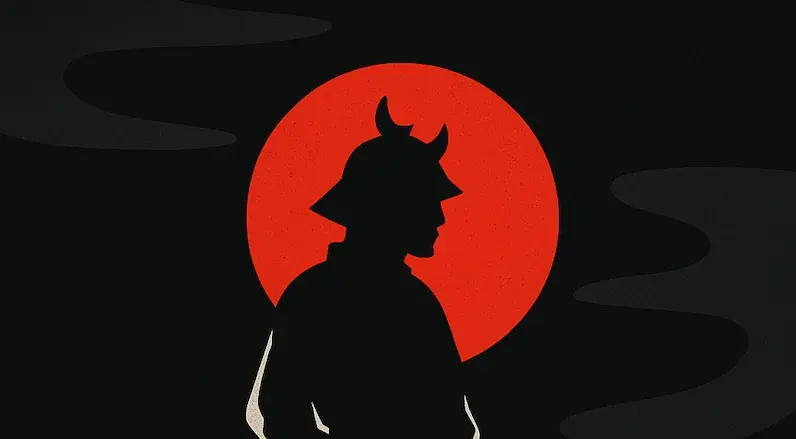3. Characters and Their Historical Inspirations
While SHŌGUN is a fictional drama, its characters are deeply rooted in the lives and legends of real historical figures who helped shape Japan during one of its most pivotal eras. Understanding who inspired these characters offers a richer perspective on the drama’s narrative, its power dynamics, and its portrayal of samurai-era culture.
🌊 John Blackthorne → William Adams (1564–1620)
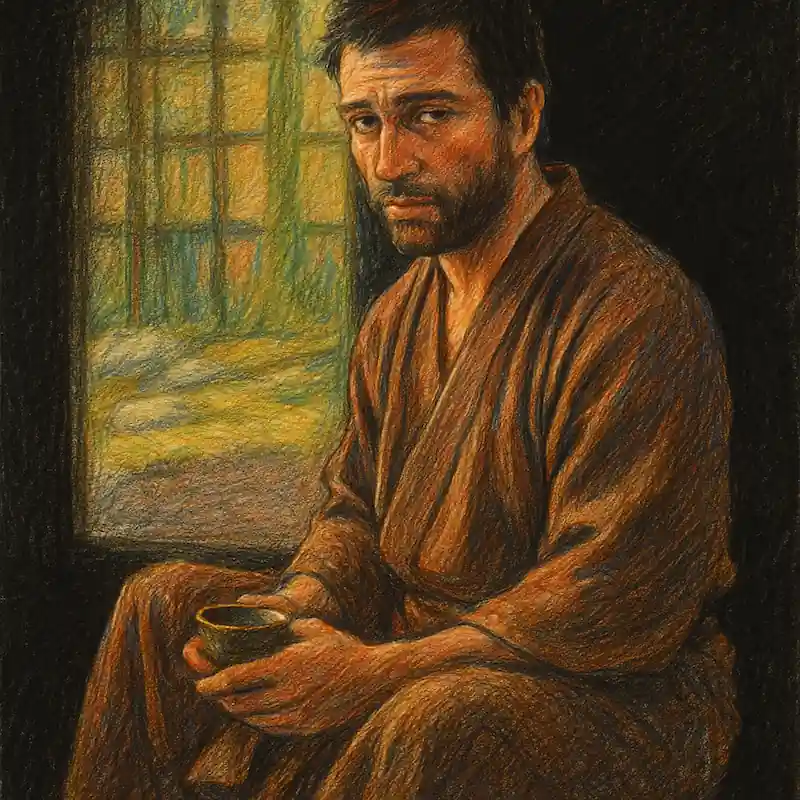
Blackthorne, the English pilot who finds himself in the heart of a foreign culture, is modeled after William Adams, the first Englishman to reach Japan. Like his fictional counterpart, Adams was shipwrecked, taken prisoner, and eventually gained the favor of Tokugawa Ieyasu. He became a trusted advisor and samurai under the name Miura Anjin, helping to navigate foreign relations in a time of rising tension with Christian missionaries.

💠 Lady Toda Mariko → Hosokawa Gracia (1563–1600)
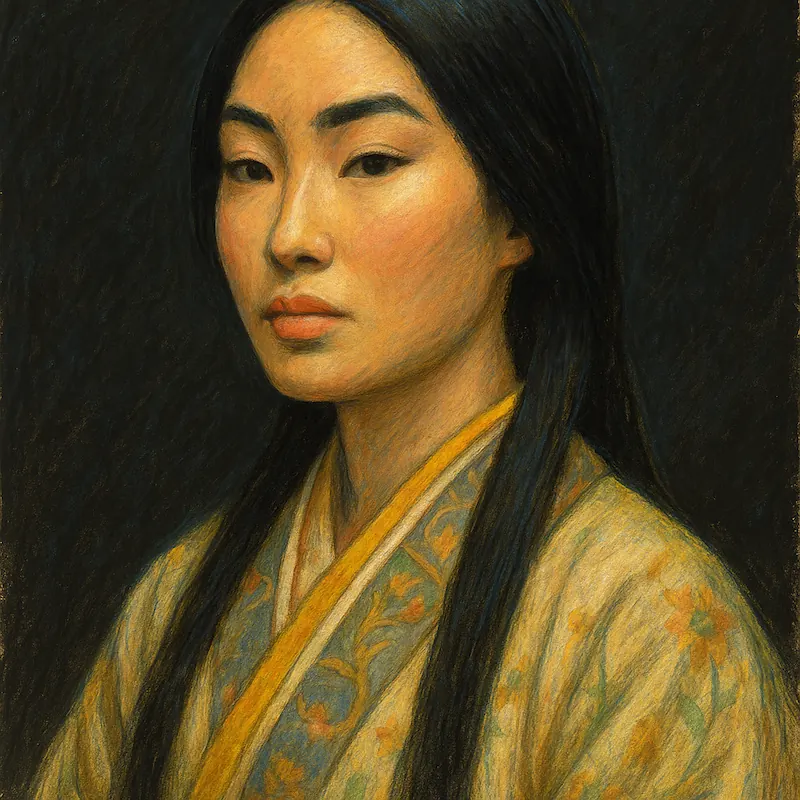
A noblewoman torn between duty, faith, and personal agency, Lady Toda Mariko is inspired by Hosokawa Gracia, a real-life Christian convert and daughter of Akechi Mitsuhide. In both history and fiction, she is a woman caught in the crossfire of political upheaval and religious persecution. Mariko’s quiet strength, intelligence, and unwavering devotion make her one of the drama’s most compelling figures. Her character bridges East and West, offering the audience a view into the spiritual and moral dilemmas of the era through a uniquely female lens.
🛡️ Toda Hirokatsu → Hosokawa Tadaoki (1563–1646)
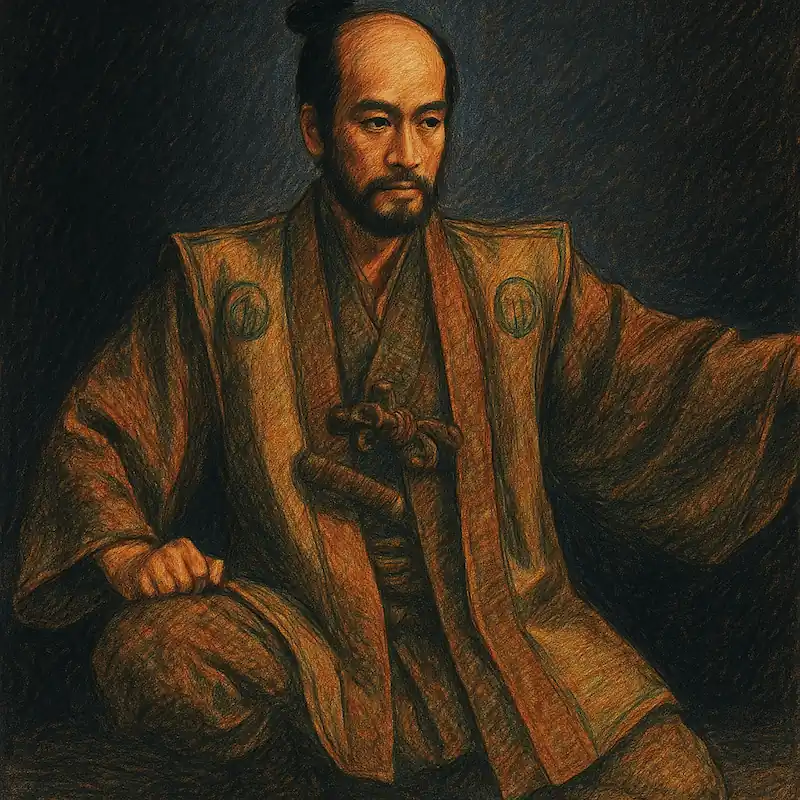
As the husband of Lady Toda Mariko in SHŌGUN, Toda Hirokatsu is a complex figure—brave and disciplined on the battlefield, yet emotionally volatile and dangerously controlling at home. His character draws inspiration from Hosokawa Tadaoki, a prominent daimyo and husband of Hosokawa Gracia (the model for Mariko). Tadaoki served both Oda Nobunaga and Toyotomi Hideyoshi and was known for his military prowess and cultural sophistication. However, his relationship with Gracia was marked by tension, particularly after her father, Akechi Mitsuhide, betrayed Nobunaga. The portrayal of Hirokatsu channels both Tadaoki’s loyalty and the darker aspects of samurai honor and pride.
🪨 Toda Hiromatsu → Hosokawa Fujitaka (Yūsai) (1534–1610)
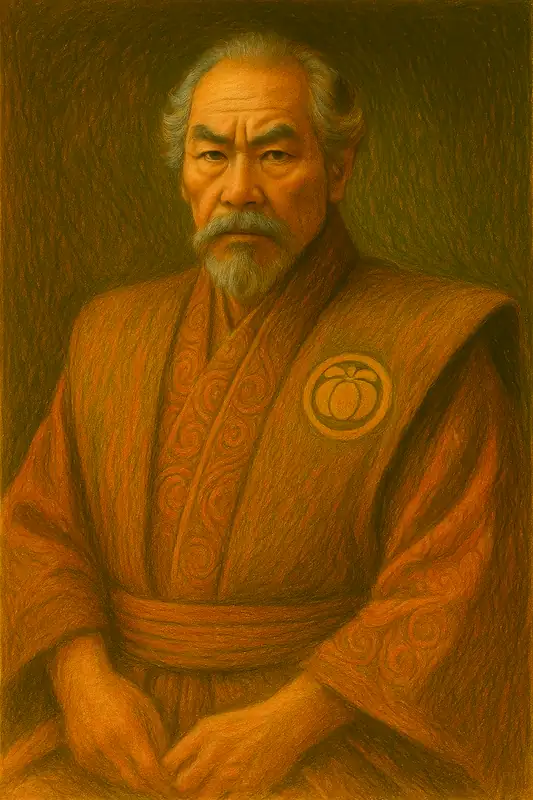
Toda Hiromatsu, the wise and deeply loyal elder statesman in SHŌGUN, serves as one of Lord Toranaga’s most trusted and respected retainers. His character is most closely modeled after Hosokawa Fujitaka, also known by his scholarly name Yūsai—a distinguished courtier, strategist, and poet of the late Sengoku period.
Hosokawa Fujitaka was not only a seasoned warrior who served under Oda Nobunaga and later supported Tokugawa Ieyasu, but also a man of profound cultural refinement. Much like Hiromatsu, Fujitaka embodied the ideal of a warrior-scholar—someone who upheld the values of loyalty, poetry, etiquette, and diplomacy in an age of turmoil. Despite his age during the Sekigahara conflict, Fujitaka remained a pivotal figure whose wisdom was sought after by political leaders on both sides.
In the drama, Hiromatsu is portrayed as an unwavering pillar of tradition—someone who speaks plainly, acts with honor, and serves Toranaga not out of ambition, but out of lifelong duty and paternal affection. He brings emotional depth to the political drama, often reminding Toranaga—and the viewer—of the cost of power and the value of legacy.
Just as Fujitaka famously refused to support Ishida Mitsunari, even when his own son (Hosokawa Tadaoki) was caught in the crossfire, Hiromatsu represents the kind of personal integrity and quiet strength that helped carry Japan through one of its most uncertain historical chapters.
🧭 Lord Yoshii Toranaga → Tokugawa Ieyasu (1543–1616)
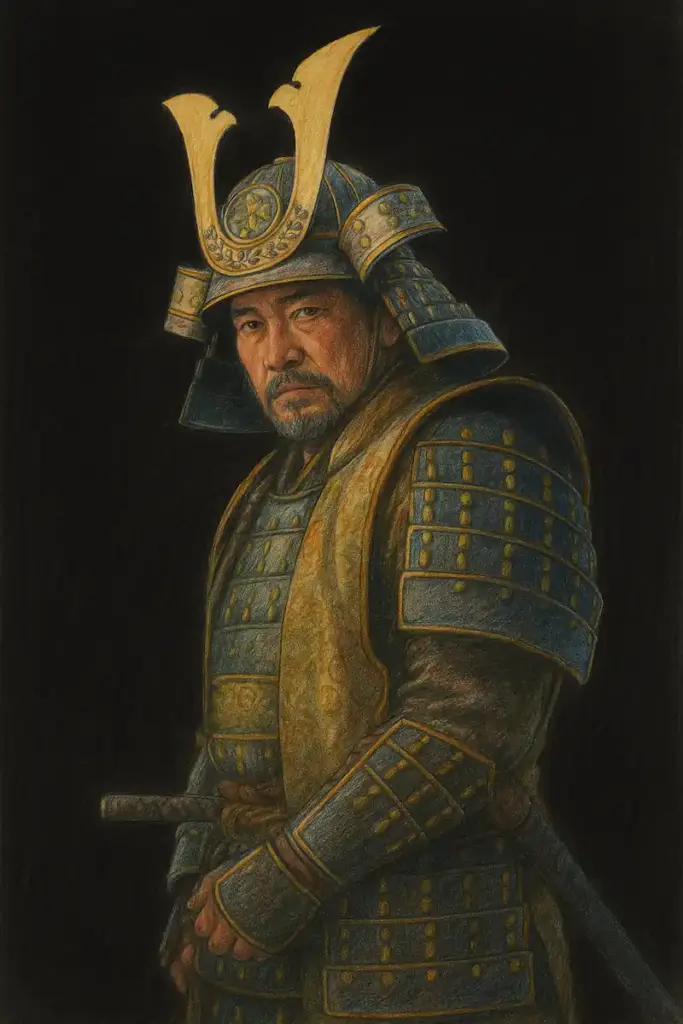
A cunning and strategic leader, Lord Toranaga is based on Tokugawa Ieyasu, the man who ultimately unified Japan after the Battle of Sekigahara in 1600. Known for his patience, political genius, and ability to outmaneuver rivals, Ieyasu laid the foundation for over 260 years of Tokugawa rule. In the drama, Toranaga’s careful calculations, control over information, and use of allies and enemies alike mirror the real-life tactics Ieyasu used to seize power in a fragmented nation.
Want to learn more about Tokugawa Ieyasu? Click below!
🙏 Father Martin Alvito → Pedro Páez / Jesuit Missionaries
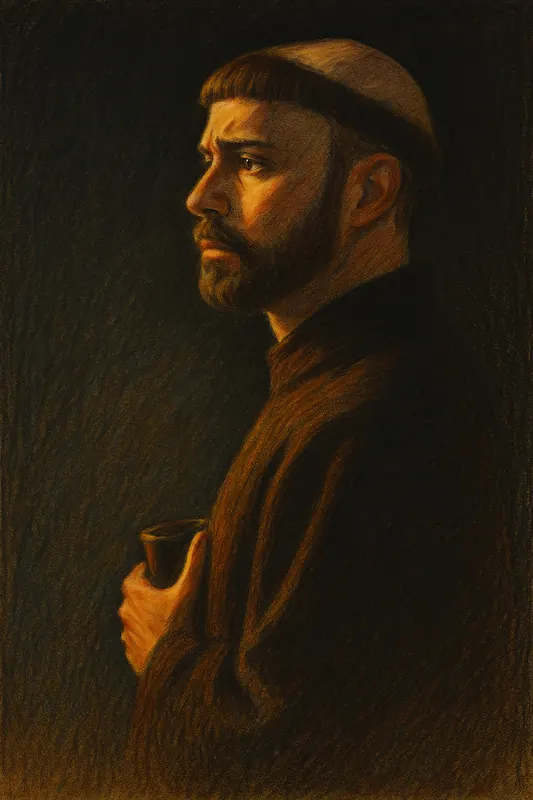
Father Martin Alvito represents the many European missionaries—particularly Jesuits—who came to Japan in the 16th and 17th centuries. He is loosely based on figures such as Pedro Páez and Luís Fróis, who lived in Japan and played complex roles in diplomacy, education, and the spread of Christianity. His character reflects the real-world religious tensions that influenced politics and power struggles during this period.
🌀 Kashigi Yabushige → Original Character (Fictional Composite)

Kashigi Yabushige, one of the most cunning and unpredictable figures in SHŌGUN, is an original creation—not directly based on a single historical figure but rather a composite of archetypal Sengoku-era opportunists. His shifting allegiances, performative loyalty, and survival instincts reflect the chaotic power struggles that defined Japan’s feudal age.
In the series, Yabushige is both entertaining and unsettling. He oscillates between bravado and fear, devotion and betrayal—constantly recalibrating his loyalties based on who holds the upper hand. While many of the characters in SHŌGUN are inspired by real historical counterparts, Yabushige stands out as a dramatic foil: a man who mirrors the moral ambiguity of an era where survival often outweighed honor.
Though fictional, Yabushige’s personality echoes aspects of historical figures like Araki Murashige, Kuroda Kanbei, or even Akechi Mitsuhide—all known for navigating treacherous political waters. However, unlike those real men, Yabushige is shaped more by narrative purpose than historical fact: he serves as a vessel through which the series explores themes of duplicity, self-preservation, and the limits of loyalty.
Ultimately, Yabushige’s character gives the audience a glimpse into the less heroic—but very human—side of samurai politics. He is the rogue who knows when to kneel, when to flatter, and when to run.
👑 The Taikō → Toyotomi Hideyoshi (1537–1598)
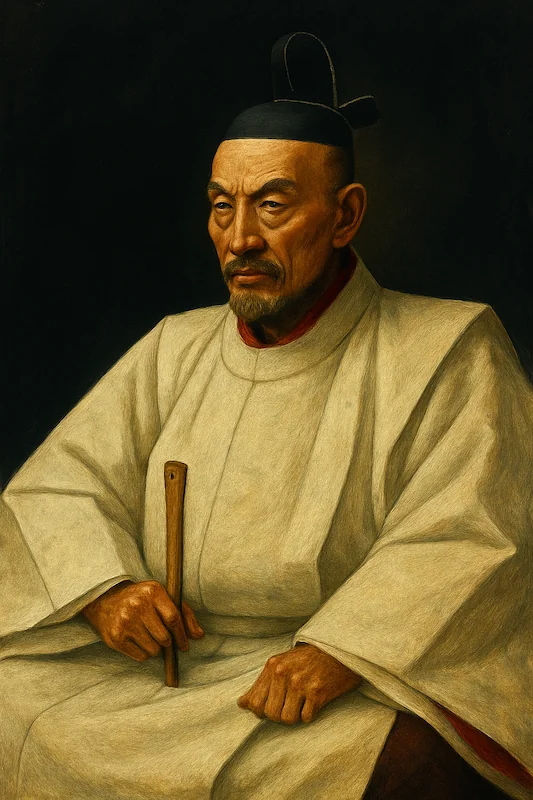
Though deceased at the time SHŌGUN begins, the Taikō looms large over every decision and allegiance in the series. He is modeled after Toyotomi Hideyoshi, the brilliant and ambitious warlord who unified Japan after the fall of Oda Nobunaga. Known for his meteoric rise from peasant roots to supreme ruler, Hideyoshi established a centralized government—but left the nation vulnerable after his death by naming his young son as heir.
In the drama, the Taikō’s legacy is a central source of political tension. His former generals, now divided between loyalty to his child and their own ambitions, mirror the real-life factionalism that followed Hideyoshi’s death. The series’ struggle between Toranaga and Ishido echoes the power vacuum left behind by the Taikō—one that would ultimately lead to the rise of the Tokugawa shogunate.

🍁 Lady Ochiba → Yodo-dono (1569–1615)
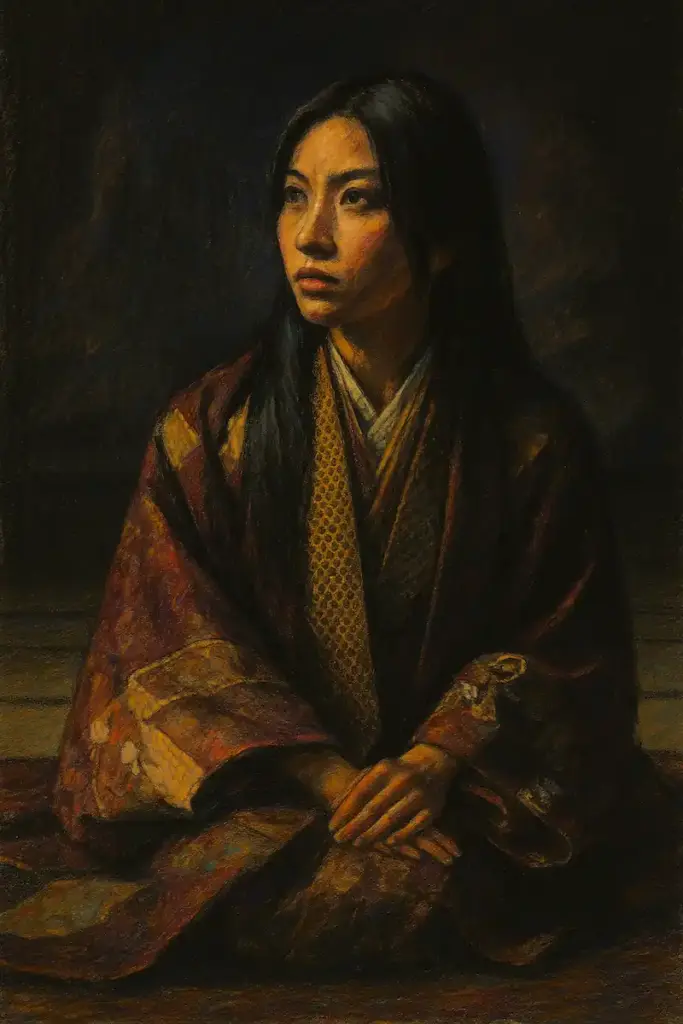
Lady Ochiba, the mother of the Taikō’s only surviving son, is a powerful figure who shapes the political atmosphere in SHŌGUN even in the Taikō’s absence. She is modeled after Yodo-dono (Lady Chacha), the concubine of Toyotomi Hideyoshi and mother of Toyotomi Hideyori. As a political force within Osaka Castle, Yodo-dono fiercely defended her son’s claim to power, ultimately resisting Tokugawa dominance. In the series, Ochiba embodies this legacy of maternal power, ambition, and tragic resistance, highlighting the influence women held behind the scenes of Japan’s shifting leadership.
⚔️ General Ishido → Ishida Mitsunari (1560–1600)
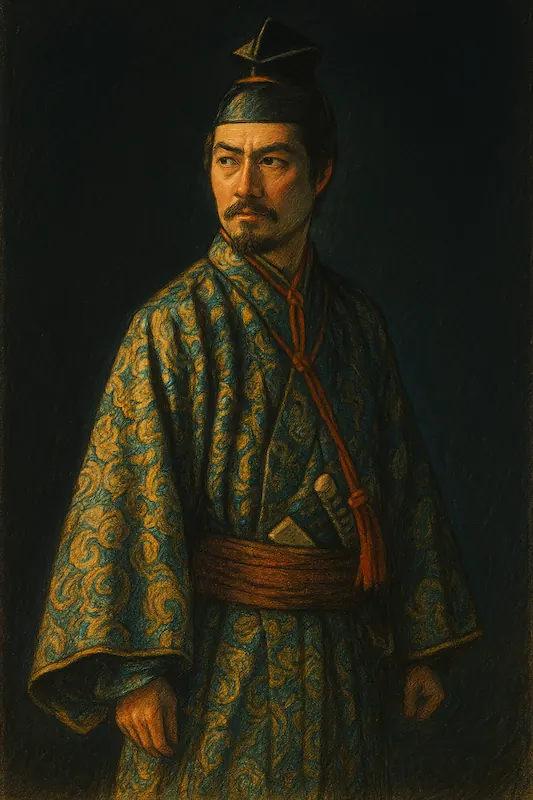
General Ishido, the main antagonist in SHŌGUN, is inspired by Ishida Mitsunari, the rival of Tokugawa Ieyasu. Historically, Mitsunari led the Western Army in the Battle of Sekigahara and was ultimately defeated. Like Ishido in the drama, Mitsunari was a bureaucrat-turned-military leader, known for his rigid sense of justice and deep loyalty to Toyotomi Hideyori, heir of Hideyoshi.
🪔 Akechi Jinsai → Akechi Mitsuhide (1528?–1582)

Though deceased before the events of SHŌGUN, Akechi Jinsai—father of Lady Toda Mariko—is an invisible yet deeply present force in the drama. His legacy, shaped by rebellion and disgrace, mirrors that of Akechi Mitsuhide, the general who infamously betrayed Oda Nobunaga at Honnō-ji. In the series, Jinsai’s defection and downfall cast a long shadow over Mariko’s life and faith, placing her in a moral and social limbo. The name “Jinsai,” reminiscent of tea master aliases of the period, also reflects Mitsuhide’s reputation not only as a rebel but also as a cultured man. His presence underscores the theme of honor tainted by betrayal, a thread that runs deeply through Mariko’s internal struggle.
🔥 Kuroda Nobuhisa → Oda Nobunaga (1534–1582)
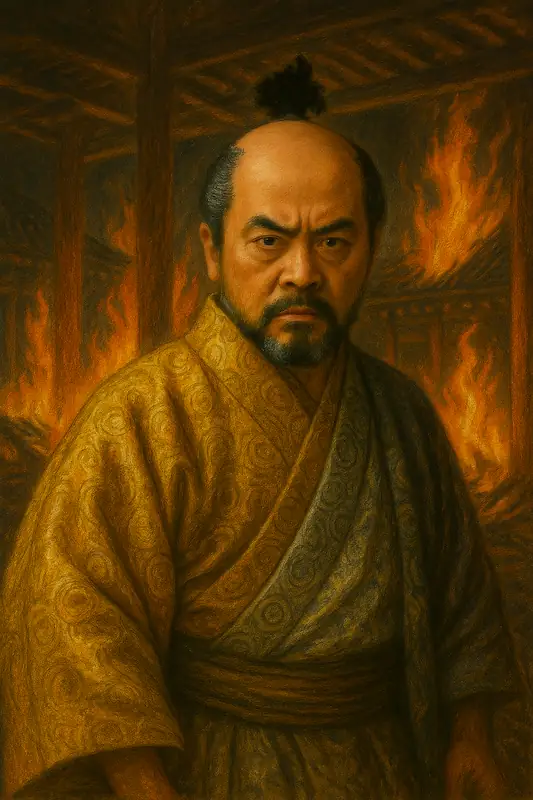
Though deceased long before the events of SHŌGUN unfold, the shadow of Kuroda Nobuhisa looms heavily over the series’ political landscape. As the father of Lady Ochiba and the former unifier of Japan’s fractured realms, he represents both a historical golden age and the root of unresolved power struggles. This character is a fictionalized adaptation of Oda Nobunaga, one of Japan’s most iconic and transformative warlords.
Historically, Oda Nobunaga was the first of the “Three Unifiers” of Japan. Known for his radical military reforms, ruthless ambition, and embrace of Western firearms and Christianity, Nobunaga destabilized the longstanding feudal system and initiated a centralized governance model. His sudden death at Honnō-ji in 1582—assassinated by his own retainer, Akechi Mitsuhide—left a violent power vacuum later filled by Toyotomi Hideyoshi and, ultimately, Tokugawa Ieyasu.
In SHŌGUN, Nobuhisa’s legacy is carried forward by his daughter Ochiba and her son, the heir of the late Taikō. His presence is never seen directly on screen, but is often invoked in conversation—especially in moments where characters reflect on past betrayals or the legitimacy of succession. By positioning Nobuhisa as a figure whose death still defines the present, the series echoes the real-life impact of Nobunaga’s fall on Japan’s political future.
This adaptation also deepens Ochiba’s characterization. As Nobuhisa’s daughter, her status and motivations are steeped in both pride and grief. Her drive to protect her son’s claim to power can be seen not only as maternal devotion, but also as an effort to preserve the legacy of the unifier who reshaped the nation.
Kuroda Nobuhisa thus serves as a mythic ghost in SHŌGUN: not merely a past ruler, but the embodiment of a turning point in Japan’s history—a reminder that power gained through brilliance can crumble through betrayal.
Want to learn more about Oda Nobunaga? Click below!
By exploring the real individuals who inspired the world of SHŌGUN—including those who shaped it from the shadows—we gain a deeper appreciation for the drama’s historical depth, cultural nuance, and enduring relevance.
